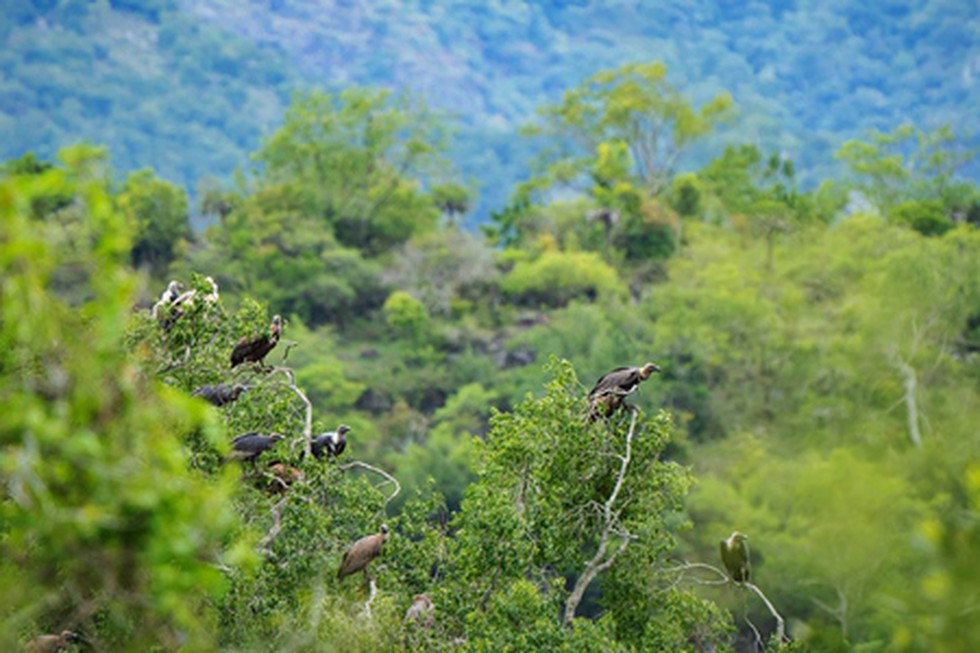The Moyar valley, also known as Maayar (invisible river) valley, is a significant wildlife habitat spanning approximately 85 km from Gudalur through the core area of Mudumalai Tiger Reserve. This valley serves as a crucial biome within the Nilgiri Biosphere Reserve, providing sanctuary to various species including tigers, elephants, and the critically endangered Gyps vulture.
Importance of Moyar Valley
- Wildlife Habitat: The valley harbors diverse wildlife populations, including endangered species like tigers and elephants.
- Critical for Vulture Conservation: Moyar Valley hosts the largest nesting colony of Gyps vultures in peninsular India, making it a vital breeding ground for these scavengers.
Factors Influencing Vulture Population
- Absence of NSAIDs: The scarcity of NSAIDs (Non-Steroidal Anti-Inflammatory Drugs) in wildlife carcasses within the valley ensures a stable food source for vultures, as opposed to regions where these drugs are prevalent.
- Low Human Disturbance: The minimal human presence, particularly in terms of domesticated cattle, reduces the risk of vulture poisoning and contributes to a healthier vulture population.
- Comparative Studies: Symposiums and surveys have indicated a significant disparity in vulture populations between Moyar Valley and other regions in southern India.
Vulture Population Dynamics
- Synchronised Vulture Survey 2024: Recent surveys have shown an increase in the number of resident vultures within Moyar Valley.
- Resident vs. Migrant Vultures: The valley primarily hosts resident vulture species, with occasional sightings of migrant species.
- Nesting Patterns: Vulture nesting sites within the valley exhibit fluctuations over the years, indicating a need for consistent monitoring and conservation efforts.
Conservation Measures
- Habitat Preservation: Ensuring the preservation of natural habitats and food sources for vultures is crucial for their long-term survival.
- Invasive Species Control: Removal of invasive plant species like Prosopis and Lantana helps restore the original ecosystem and promotes vulture habitat.
- Monitoring and Surveys: Regular monitoring of nest sites and population surveys are essential for tracking vulture populations and implementing effective conservation strategies.
Multiple-Choice Questions (MCQs):
- What is Moyar Valley primarily known for?
- a) Agricultural production
- b) Wildlife conservation
- c) Industrial development
- d) Urbanization
- Answer: b) Wildlife conservation
- Why is the presence of NSAIDs minimal in wildlife carcasses within Moyar Valley?
- a) Strict regulations imposed by the government
- b) Limited human population in the area
- c) Natural occurrence of non-toxic carcasses
- d) Extensive use of alternative medications
- Answer: b) Limited human population in the area
- Which vulture species is primarily resident in Moyar Valley?
- a) Himalayan vulture
- b) Cinereous vulture
- c) White-rumped vulture
- d) Egyptian vulture
- Answer: c) White-rumped vulture
- What conservation measure aims to restore the original ecosystem in Moyar Valley?
- a) Introduction of exotic plant species
- b) Control of invasive species like Lantana
- c) Expansion of human settlements
- d) Reduction of protected areas
- Answer: b) Control of invasive species like Lantana
